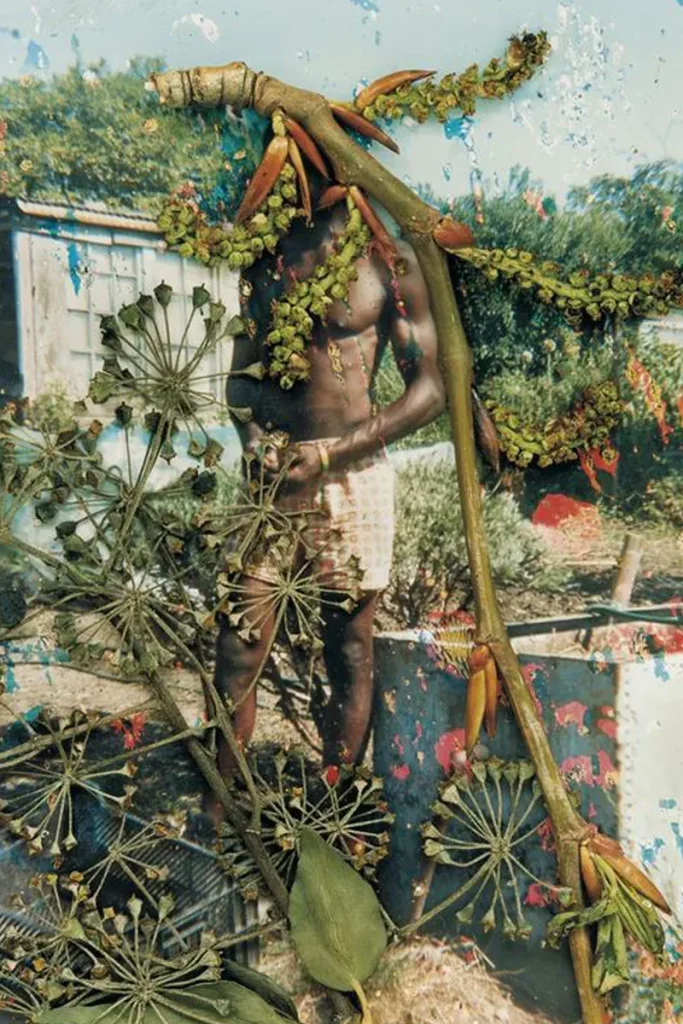Raw materials – an estimated 100 billion tons (Gt) of raw materials are mined each year. Of these, over 90% came from virgin resources. Less than 10% is coming from recycling
What is Green Colonialism?
Green colonialism manifests diversely across various contexts. In essence, it denotes a scenario wherein affluent regions of the Global North bolster their quality of life by exploiting the resources – be it health, labor, or land – of the Global South.
Green colonialism can manifest internally within a nation. As endeavors toward renewable energy and conservation intensify, marginalized factions such as indigenous communities often bear the brunt. While the intentions might be Indigenous groups reliant on forests for medicinal, cultural, or subsistence purposes may find themselves excluded from these spaces due to protection measures.
Similarly, renewable energy initiatives like wind farms may necessitate land clearance, leading to the displacement of local communities, often through coercive means. Such projects prioritize the rights of affected groups, ideally involving them in decision-making processes, as indigenous communities possess invaluable wisdom and expertise in ecosystem preservation.
Human commitment and raw materials – a just transition will require more than a shift away from fossil fuels – green colonialism
Critical raw materials (CRMs) have become synonymous with the energy transition away from fossil fuels and the switch to renewable energies. How the Global North will handle its growing demand for raw materials will determine whether the energy transition will be a just one or whether its need for primary raw materials will magnify the environmental and social issues connected to mining these materials through green colonialism.
Human commitment to a circular economy, putting a stop to green colonialism and a re-thinking of the economy with its current modes of production and consumption will be crucial to realizing full circularity and a transition without sacrifice zones that doesn’t heighten pre-existing global and social inequalities.
Critical raw materials and the energy transition – Understanding the future demand
To the untrained eye, technological goods might seem like hunks of metal. On the inside, though, these objects hide a world of complexities. These systems that allow the functions of commodities ranging from smartphones and electric bikes to solar panels center around raw materials.
These materials are the starting points of complex supply chains, including the exploration, mining, and processing of these economically mineable mineral commodities. Given the ubiquity of such technological devices, the demand for the raw materials that compose them, like lithium (Li), cobalt (Co), and rare earth elements, is considerable.
According to last year’s “Circularity Gap Report” from Circle Economy, an estimated 100 billion tonnes (Gt) of raw materials are mined each year. Of these, over 90% came from virgin resources. Less than 10% is coming from recycling. Based on a scenario of “business as usual,” far from a circular economy, projected data indicates that by 2050, 170 Gt of raw materials will have been extracted.
The relationship between clean energy technologies and raw materials demand
The first annual International Energy Agency (IEA) “Critical Minerals Market Review” showed that the driver behind this demand for critical minerals is using clean energy technologies.
In the report, the IEA stated that the energy industry was the primary force of the threefold increase in lithium overall critical minerals demand, the 70% increase in cobalt demand, and the 40% increase in nickel demand between 2017 and 2022. The energy transition mineral market totaled $320 billion in 2022 and is expected to increase even faster.
According to another report from the same agency, the “Energy Technology Perspectives (2023), by 2050, the employment of renewables could quadruple while the production of electric vehicles (EVs) could rise by 15 times. This swift expansion of electric conveyances on the world’s streets results will also lead to increased battery waste in the future.
Where do these primary raw materials come from?
European Union citizens make up 6% of the global population. Yet, according to Friends of the Earth, the European Union is using between 25 and 33% of the global metal production. For these materials, though, they rely on importation. This heightens the risk of a green colonialism escalation within a surge of demand for raw materials.
The Green European Foundation estimates that the majority of the metals, between 75 and 100%, used in the European Union, come from China and Global South countries. 63% of the cobalt utilized in batteries now comes from the Democratic Republic of the Congo, where the mining of this raw material has been linked to child labor.
China provides almost totality, 97% of the Union’s magnesium and 71% of the Gallium. Türkiye supplies the European Union’s supply of borate, while Russia makes up for 40% of the global Palladium.
The social risks connected to the extraction of raw materials and their rise in demand
The mining sector is a conflict-prone one connected to social and environmental issues, which makes the increased demand for raw materials and the international rush towards green colonialism through new mining projects a risk for human rights in resource-rich countries.
The lands of Indigenous Peoples are the locations of more than 80% of lithium projects and more than half of the copper, nickel, and zinc projects. Between 2010 and 2022, the Business & Human Rights Resource Centre’s Transition Minerals Tracker has recorded 510 alleged human rights abuses in the mining of cobalt, copper, lithium, manganese, nickel, and zinc. Six minerals employed in renewable energy technologies.
«Communities in resource-rich countries who have already borne the cost of decades of irresponsible mineral extraction, are at real risk of paying again as the world pursues a rapid transition to renewable energy, dependent on these resources to power clean energy installations and batteries across the world. But as the Tracker demonstrates, they are also increasingly saying ‘no’ to an irresponsible transition, through protest and the courts to protect their rights. A human rights-focused transition that centers Indigenous peoples, local communities, and vulnerable workers is the only way to ensure a global energy shift that is fair so that it can also be fast». Explained Mutuso Dhliwayo, Zimbabwe Environmental Law Association Executive Director in a briefing.
Green colonialism – an analysis of the impact of a deepening of extractive production on resource-rich countries
The Amsterdam-based research and advocacy institute, the Transnational Institute (TNI), analyzed the European Union’s strategy to secure its supply of critical raw materials and its relationship with green colonialism in its recent report “The Raw Materials Rush”.
The Transnational Institute’s report analyzes the European Union’s proposed raw material trade regulations and how they will affect resource-rich nations in the global South. The EU Critical Raw Materials Act (CRMA) and the Green Deal Industrial Plan stress the importance of open trade for resilient supply chains for the implementation of the Union’s energy transition plans. To ensure access to critical raw materials (CRM) and secure open trade, the EU proposes various actions with an emphasis on strategic partnerships (SPs) on raw materials and free trade agreements (FTAs).
From the TNI analysis, it emerged that these EU’s trade-related strategies to reduce the raw materials supply risk for the Union by preventing export restrictions from exporting countries, do not benefit resource-rich countries in the Global South, as they may deepen extractive production and maintain high demand in the EU. The EU’s approach to the ecological transition could impact the people and the environment of these countries, perpetuating green colonialism.
Human commitment to a circular economy and human respect – re-thinking the economy
The Transnational Institute’s report recommends a shift from the control and exploitation of natural resources motivated by profit for a fair transition. This would involve circular economy measures like the fostering of reusing and recycling and made-to-last technology and the reduction of waste and the consumption of resources.
The report also recommends the renegotiation of trade agreements that restrict policy options and obstruct industrialization in resource-rich nations of the Global South and the removal of investment protection agreements from trade and investment agreements, as these give power to corporations at the expense of the exporting countries, the same nations deprived by colonialism of the opportunity for building their economic systems and industries while being impacted by the imposition of western development models.
Human commitment to ensuring the rights of the communities impacted by mining and the well-being of the environment would need to take precedence in future agreements over the interests of corporations. In addition, the report stresses the need to get past the capitalist profit motive to tackle the climate crisis and the worsening socio-political inequalities. A circular economy would need to be paired with an expansion of public services and a move away from the belief that infinite economic growth is possible on a finite planet. There is no fair transition without the dismantlement of green colonialism.
The Transnational Institute
The Transnational Institute (TNI) is a non-profit, Amsterdam-based research and advocacy institute.




















